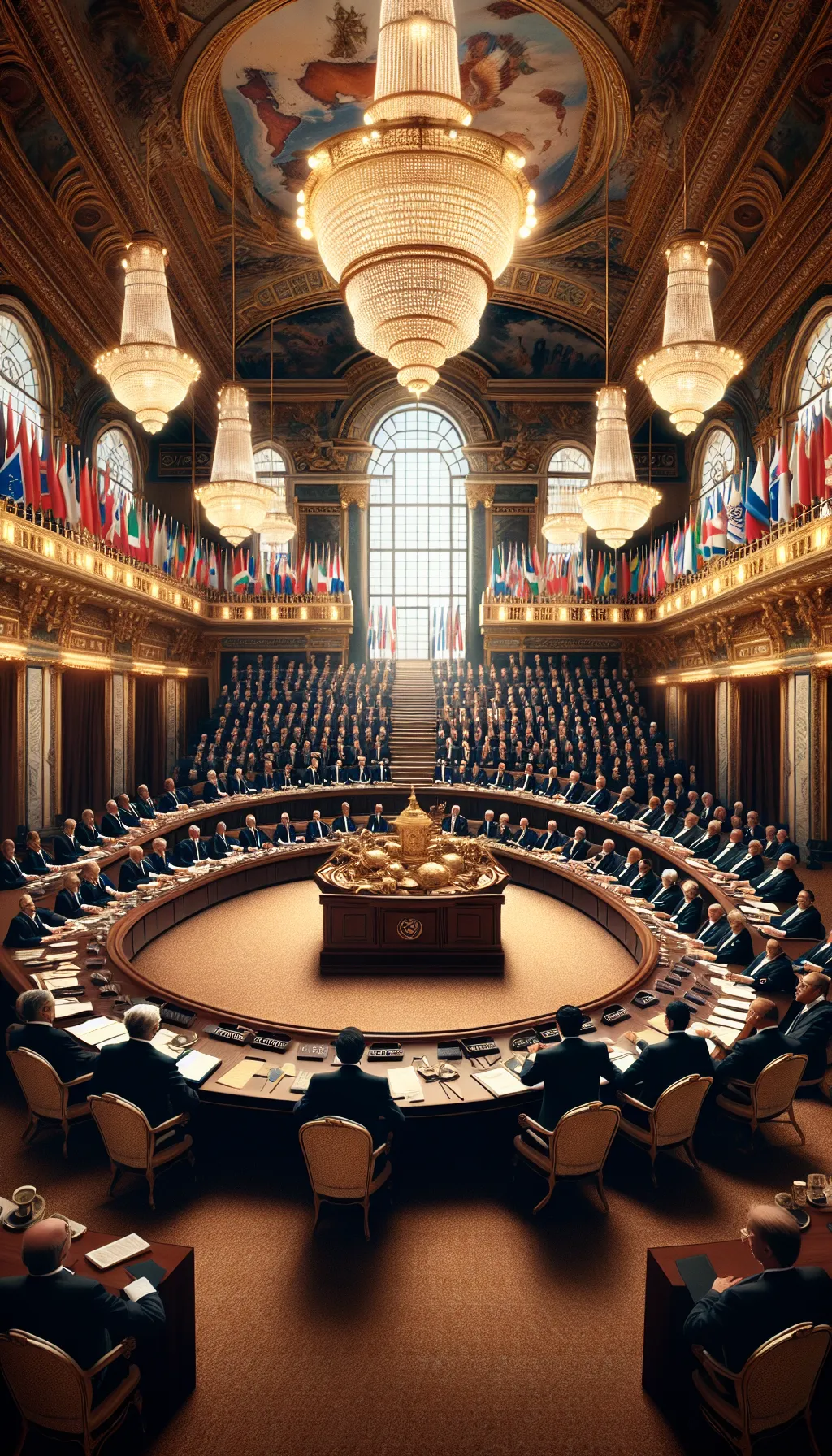Italy – The San Remo Conference: Redrawing the Middle East - 1920
TLDR;
- Event: The San Remo Conference took place on April 21, 1920, in Italy, where Allied powers decided the fate of former Ottoman territories in the Middle East.
- Key Decisions: Britain and France were granted mandates over Middle Eastern territories, with Britain receiving Palestine, incorporating the Balfour Declaration’s policy.
- Controversy: The conference’s decisions led to future conflicts by imposing borders that clashed with local aspirations, building on earlier agreements like Sykes-Picot.
- Legacy: The conference’s outcomes have had a lasting impact on the Middle East, contributing to ongoing tensions and conflicts in the region.
–
Story
The air was thick with anticipation on April 21, 1920, as the world’s most powerful leaders gathered in the Italian town of San Remo. The Great War had ended, but its echoes still reverberated across the globe. The task at hand was monumental: to decide the fate of the former Ottoman territories in the Middle East.

The San Remo Conference was not just another diplomatic meeting; it was a pivotal moment that would shape the geopolitical landscape of the Middle East for decades to come. The Allied Supreme Council—primarily Britain and France, with Italy and Japan playing secondary roles, and the U.S. participating as an observer—convened to allocate the League of Nations mandates. These mandates, though framed as a temporary stewardship toward self-governance, functioned as de facto colonial control.
Palestine, a land of ancient history and deep religious significance, was at the heart of these discussions. The British, who had already established a military presence there, were granted the mandate over Palestine. The British Mandate for Palestine incorporated the Balfour Declaration’s policy, but the conference itself did not explicitly debate or endorse it.
The decisions made at San Remo were not without controversy. They sowed the seeds of future conflicts, as the aspirations of different ethnic and religious groups clashed with the new political realities imposed by the mandates. The borders, building on earlier agreements like Sykes-Picot, would later fuel unrest and become flashpoints for tension and violence, as the world would soon witness.
The San Remo Conference was a turning point, a moment when the map of the Middle East was redrawn with the stroke of a pen. Its legacy is still felt today, as the region continues to grapple with the consequences of decisions made over a century ago.
–
| Would a different decision at San Remo have changed the course of Middle Eastern history? |